This blog post is inspired by a captivating piece of art on Behance titled SEVEN PEOPLE, SEVEN ISTANBUL. Through seven stages, we journey across the transformative eras of a city that has forever bridged continents and civilizations.
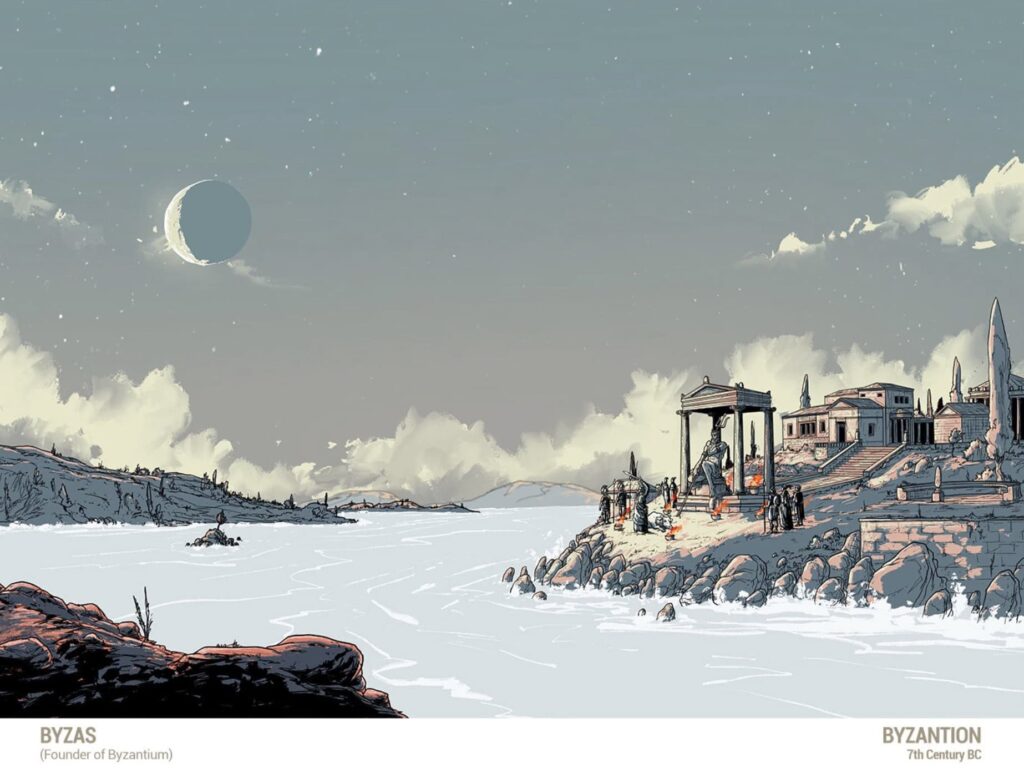
Byzas, Founder of Byzantion – 7th Century BC
Long before the grandeur of Constantinople and Istanbul, there was Byzantion. Founded by the Greek leader Byzas, the settlement sat at the meeting point of the Bosphorus and the Golden Horn. Its location made it a natural hub of trade and naval power — the very seed of a city destined to become one of history’s greatest crossroads.
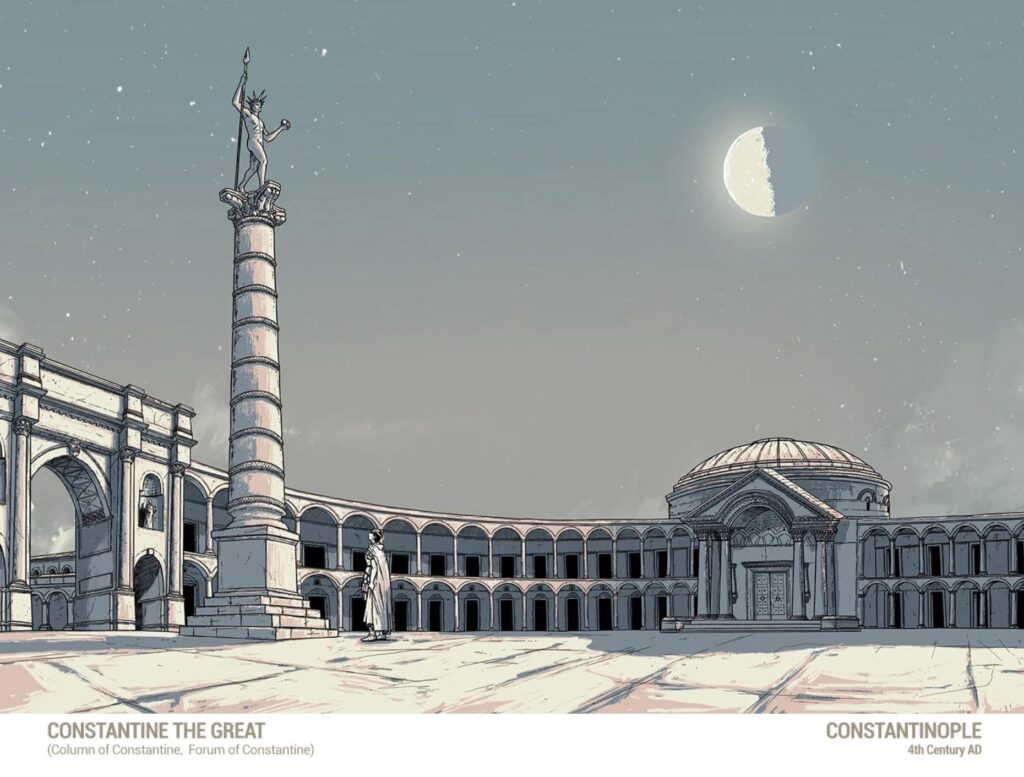
Constantine the Great – 4th Century AD
In AD 330, Emperor Constantine the Great envisioned a new Rome in the East. He rebuilt Byzantion into a capital of empire, establishing monumental forums and raising the Column of Constantine in the heart of the city. This act not only secured Constantinople’s role in the Roman Empire, but also marked the beginning of its transformation into a spiritual and political beacon.
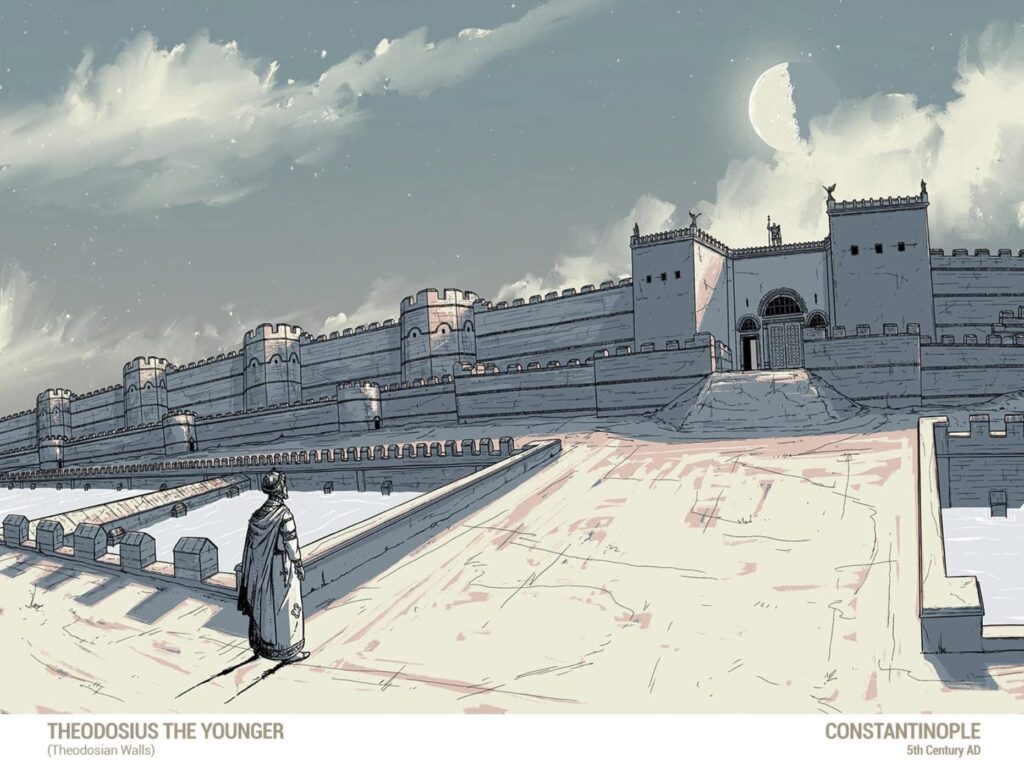
Theodosius II – 5th Century AD
The reign of Theodosius the Younger gave the city its most formidable defense: the Theodosian Walls. These towering fortifications endured siege after siege for a thousand years, turning Constantinople into one of the most impregnable cities of antiquity. They remain a silent reminder of Byzantine resilience and engineering mastery.
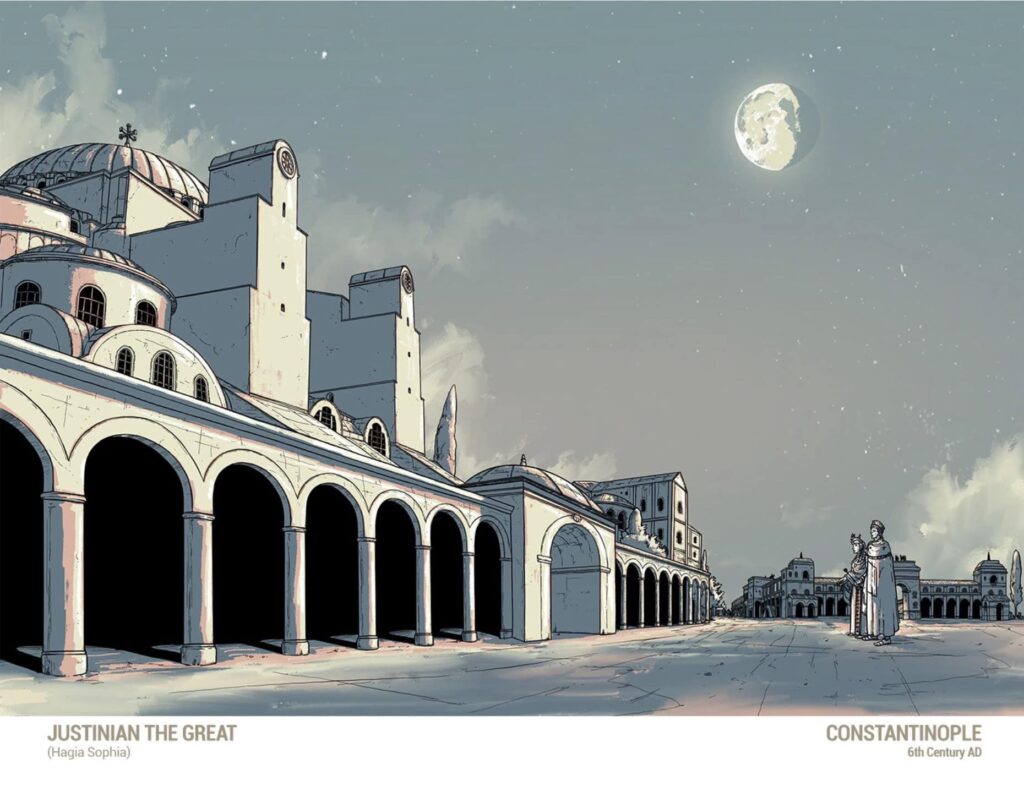
Justinian the Great – 6th Century AD
Few names resonate in Istanbul’s skyline as much as Justinian I. Determined to outshine all predecessors, he commissioned the Hagia Sophia, a wonder of engineering and artistry. Over the centuries, it has been an Orthodox cathedral, a mosque, a museum, and once again a mosque — embodying the city’s layered and dynamic spiritual history.

Mehmed the Conqueror – 15th Century AD
On May 29, 1453, the destiny of the city shifted forever. Mehmed II, remembered as Fatih Sultan Mehmed, breached the once-invincible Theodosian Walls. The Fall of Constantinople ended the Byzantine Empire and ushered in the Ottoman era. With new mosques, palaces, and bazaars, the city became the jewel of an empire that stretched across three continents.
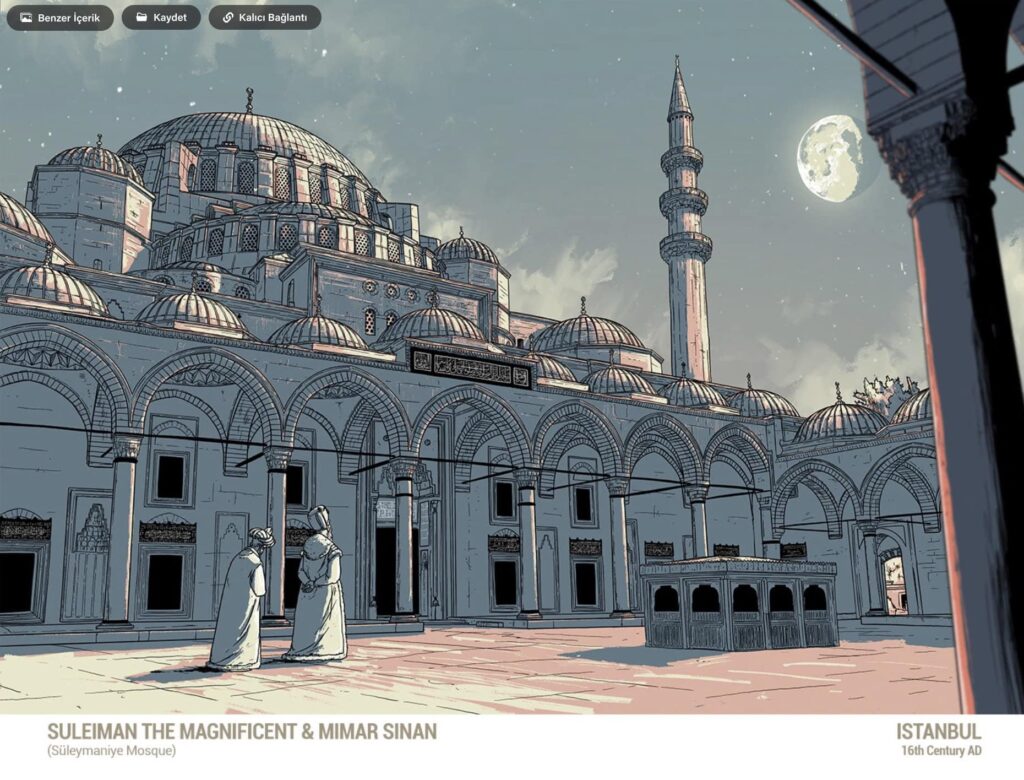
Suleiman the Magnificent & Mimar Sinan – 16th Century AD
During the empire’s golden age, Suleiman the Magnificent elevated Istanbul with grandeur, commissioning his chief architect, Mimar Sinan, to design the Süleymaniye Mosque. Its elegant domes and slender minarets dominate the skyline, symbolizing both Ottoman power and artistic sophistication. Sinan’s genius continues to shape Istanbul’s architectural soul.

Istanbul – 21st Century AD
Today, the city lives on as Istanbul — modern yet ancient, familiar yet ever-changing. Skyscrapers rise beside Byzantine cisterns; bustling avenues lead to hidden Ottoman courtyards. Its bazaars, mosques, and waterfronts tell a story not of one era, but of many — a living chronicle of human ambition, resilience, and creativity.
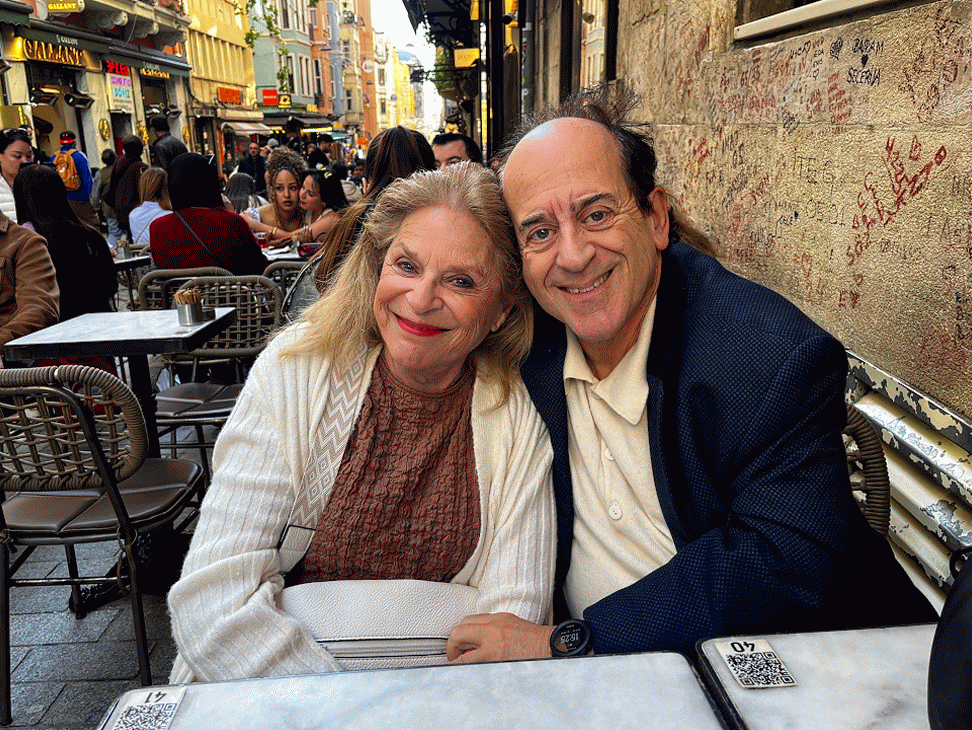
Conclusion
From Byzas to Suleiman, from Constantine to the present day, Istanbul is not a city defined by a single name or age. It is a mosaic of empires, faiths, and peoples. Every street corner whispers a fragment of history, every monument carries echoes of civilizations past.
If you wish to walk deeper into these stories, join us on The Other Tour. For true history lovers, we even offer a dedicated Conquest of Constantinople – Full-Day Private Tour, guiding you along the very paths where the fate of the world once shifted.
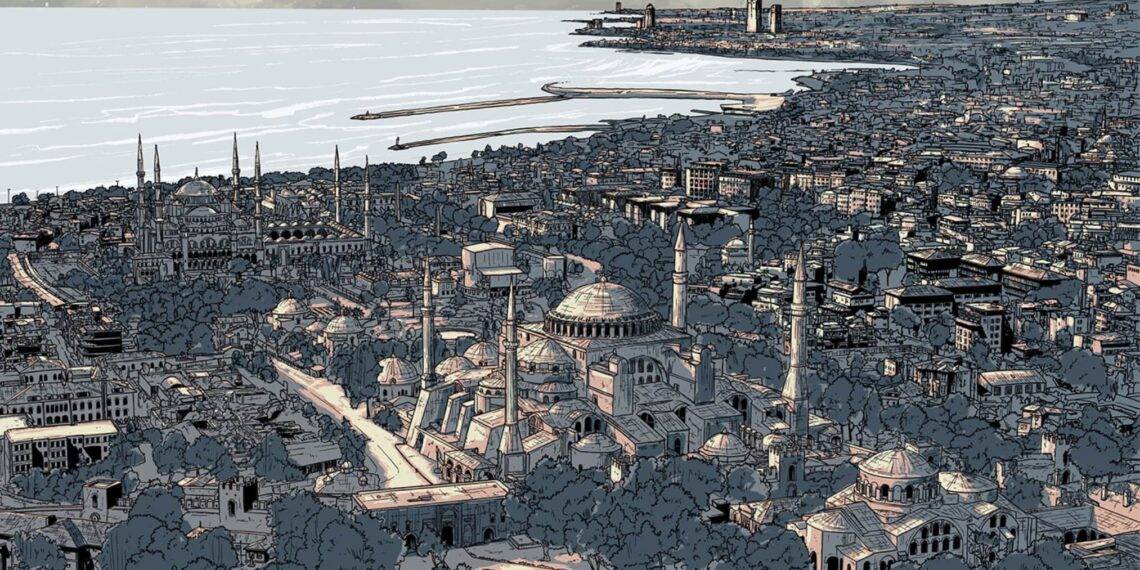
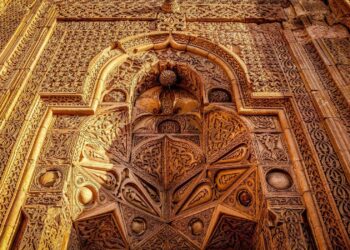


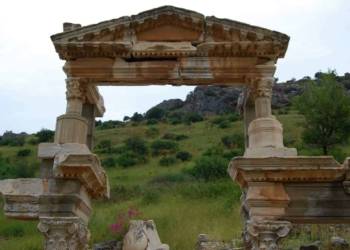
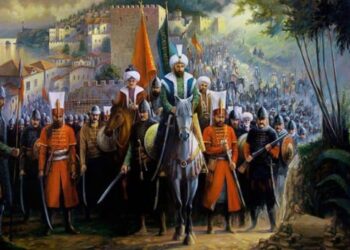


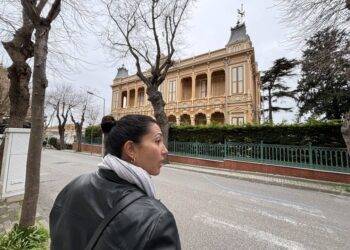
love the visuals and the story! I think I’ll have to read through your website for the next few months!! great education – thanks again
Thanks Ian! Your enthusiasm really motivates us. Most of our posts have no comments – so keep them coming brother! 🙂